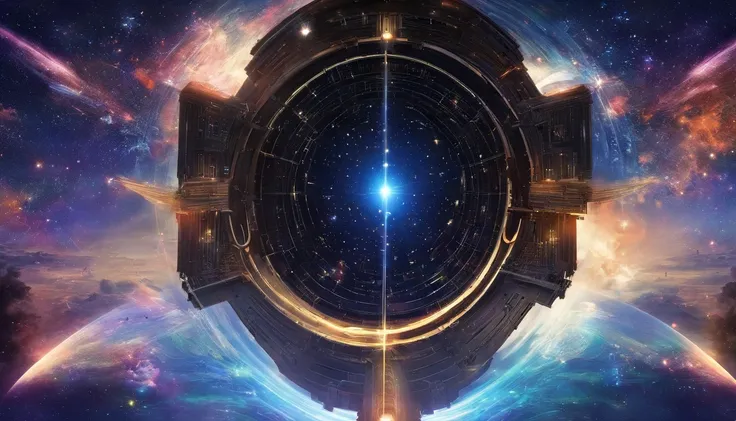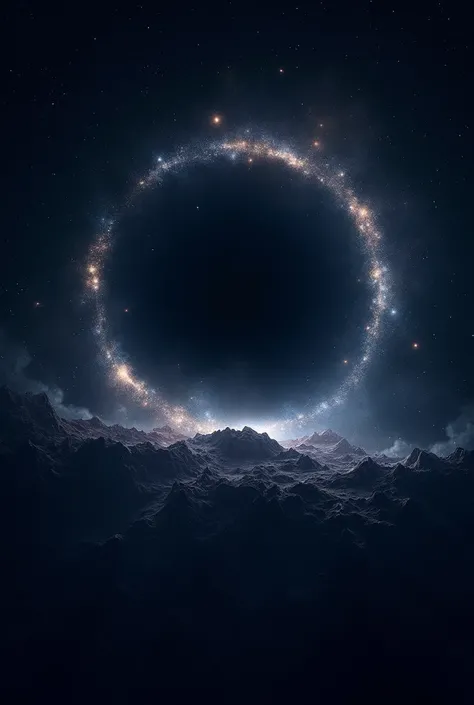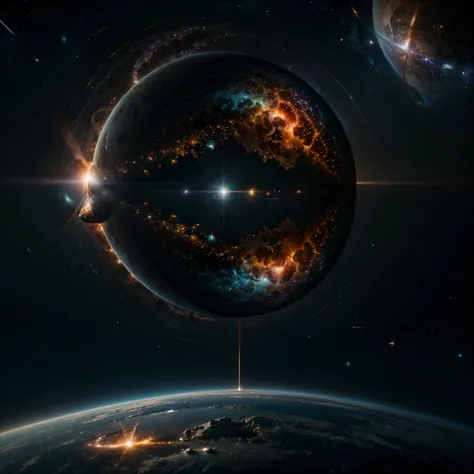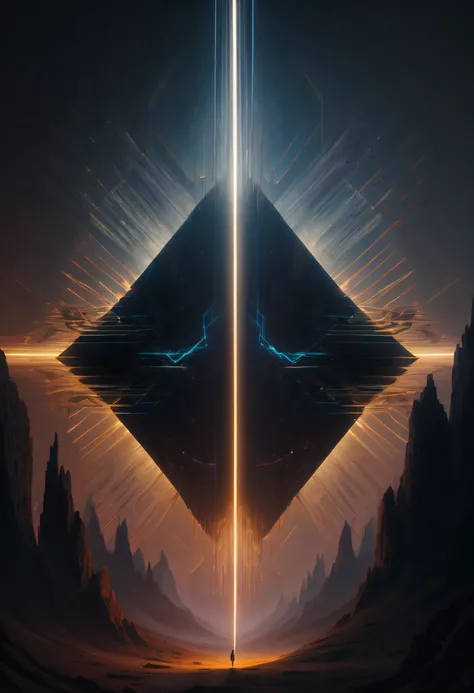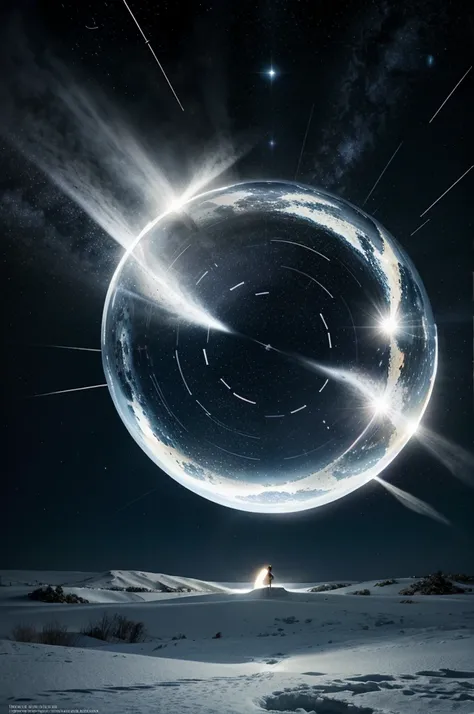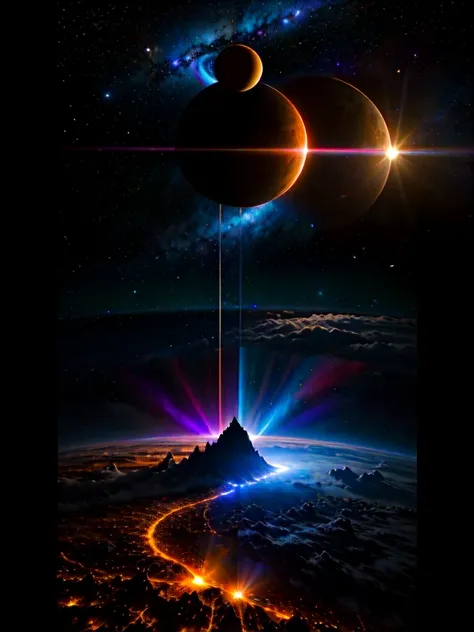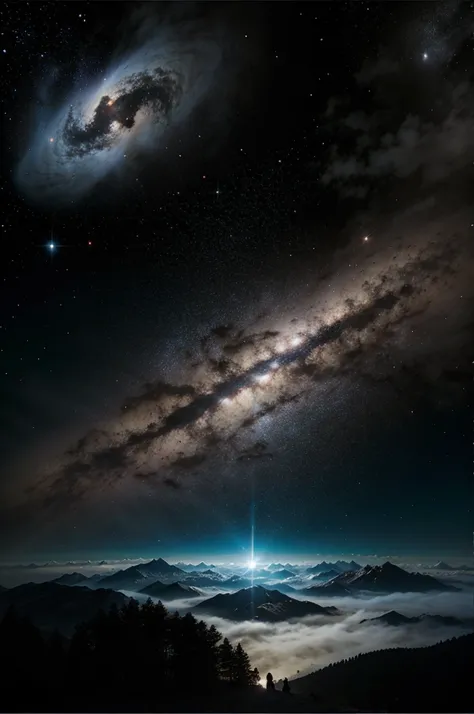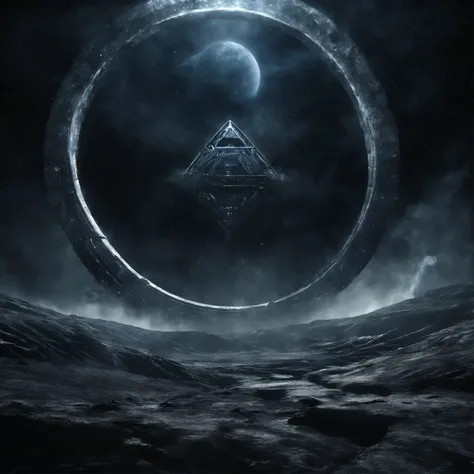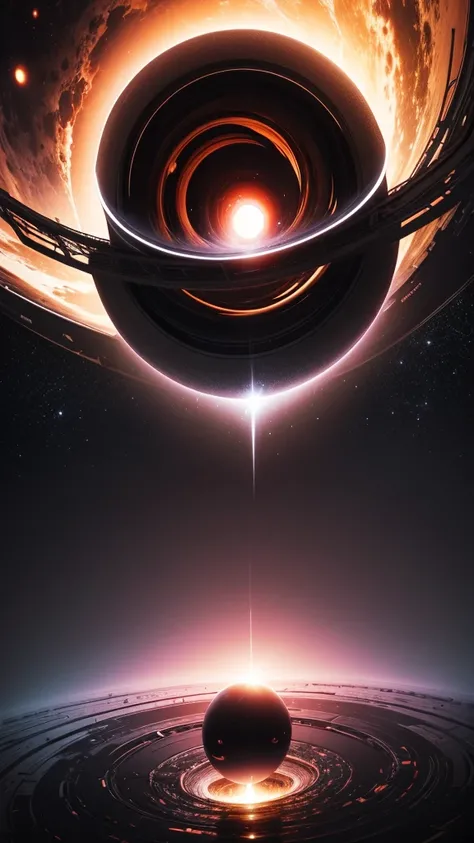Certainly! Here is a description of the poster on the evolution of ideas of diff
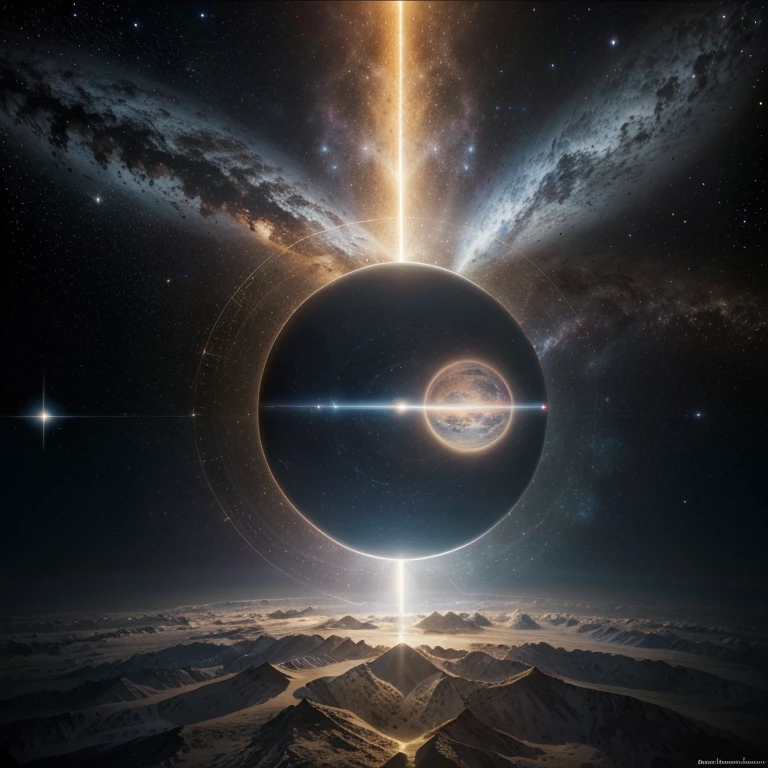

Certainly! Here is a description of the poster on the evolution of ideas of different scientists on the model of the universe: Title: "Evolution of Ideas: Exploring the Model of the Universe" 1. Introduction: - A captivating image depicting a cosmic landscape, symbolizing the vastness and mystery of the universe. 2. Ptolemaic Model (2nd Century AD): - Illustration of the Earth-centered model proposed by Claudius Ptolemy, showcasing the celestial spheres and epicycles. 3. Copernican Model (16th Century): - Image representing Nicolaus Copernicus's revolutionary heliocentric model, emphasizing the Sun as the center of the solar system. 4. Kepler's Laws (17th Century): - Visual representation of Johannes Kepler's laws of planetary motion, emphasizing elliptical orbits, equal area law, and harmonious motion. 5. Newtonian Gravity (17th Century): - Artistic depiction of Sir Isaac Newton's gravitational theory, showcasing the concept of universal gravitation and its influence on celestial bodies. 6. Einstein's Theory of General Relativity (20th Century): - Graphic illustration representing Albert Einstein's groundbreaking theory, presenting the bending of space-time around massive objects and the concept of gravitational waves. 7. Hubble's Discovery of an Expanding Universe (20th Century): - Image highlighting Edwin Hubble's observational findings, demonstrating the expansion of the universe and the concept of the Big Bang. 8. Contemporary Cosmological Models: - Collage featuring modern models such as the inflationary model, dark matter, dark energy, and the ongoing quest to understand the universe's composition and ultimate fate. 9. Conclusion: - A thought-provoking quote encapsulating the continuous evolution and exploration of our understanding of the universe. 10. Additional Features: - Scientifically accurate diagrams, equations, and supporting visuals that provide further clarity and depth to each scientist's contributions.
Prompts
Copiar prompts
Certainly
!
Here is a description of the poster on the evolution of ideas of different scientists on the model of the universe:
Title: "Evolution of Ideas: Exploring the Model of the Universe"
1
.
Introduction:
- A captivating image depicting a cosmic landscape
,
symbolizing the vastness and mystery of the universe
.
2
.
Ptolemaic Model (2nd Century AD):
- Illustration of the Earth-centered model proposed by Claudius Ptolemy
,
showcasing the celestial spheres and epicycles
.
3
.
Copernican Model (16th Century):
- Image representing Nicolaus Copernicus's revolutionary heliocentric model
,
emphasizing the Sun as the center of the solar system
.
4
.
Kepler's Laws (17th Century):
- Visual representation of Johannes Kepler's laws of planetary motion
,
emphasizing elliptical orbits
,
equal area law
,
and harmonious motion
.
5
.
Newtonian Gravity (17th Century):
- Artistic depiction of Sir Isaac Newton's gravitational theory
,
showcasing the concept of universal gravitation and its influence on celestial bodies
.
6
.
Einstein's Theory of General Relativity (20th Century):
- Graphic illustration representing Albert Einstein's groundbreaking theory
,
presenting the bending of space-time around massive objects and the concept of gravitational waves
.
7
.
Hubble's Discovery of an Expanding Universe (20th Century):
- Image highlighting Edwin Hubble's observational findings
,
demonstrating the expansion of the universe and the concept of the Big Bang
.
8
.
Contemporary Cosmological Models:
- Collage featuring modern models such as the inflationary model
,
dark matter
,
dark energy
,
and the ongoing quest to understand the universe's composition and ultimate fate
.
9
.
Conclusion:
- A thought-provoking quote encapsulating the continuous evolution and exploration of our understanding of the universe
.
10
.
Additional Features:
- Scientifically accurate diagrams
,
equations
,
and supporting visuals that provide further clarity and depth to each scientist's contributions
.
INFO
Checkpoint & LoRA

Checkpoint
epiCRealism
#Paisagem
#Ficção científica
comentário(s)
0
1
0











